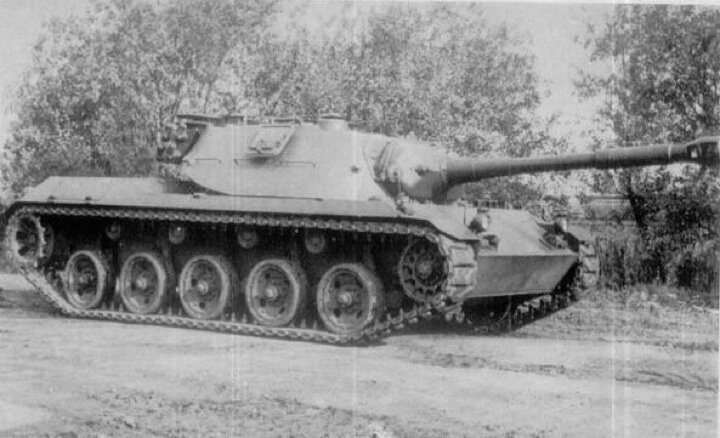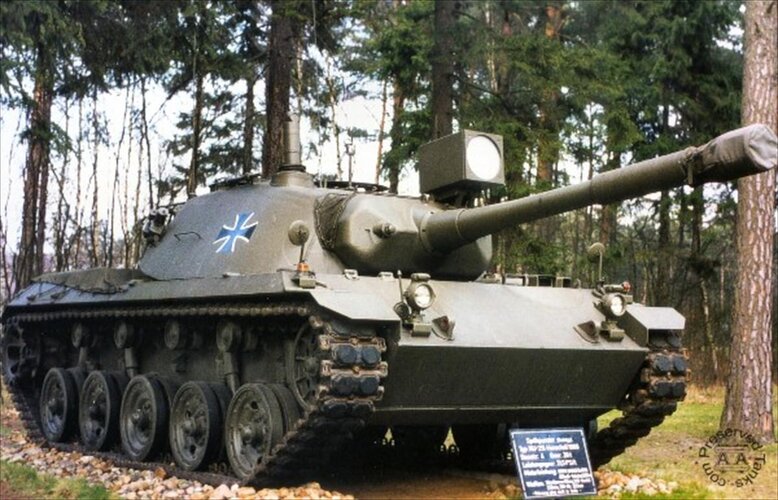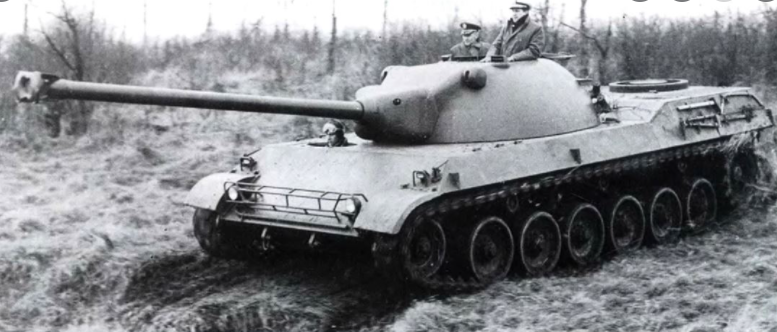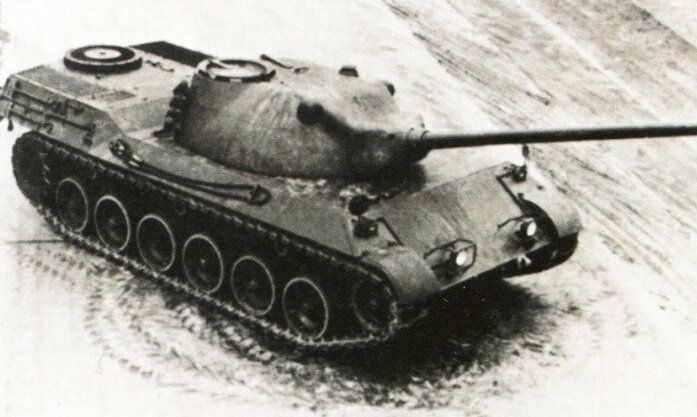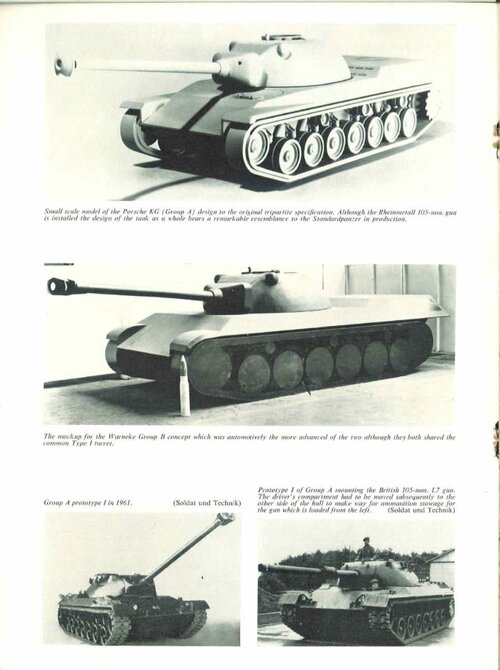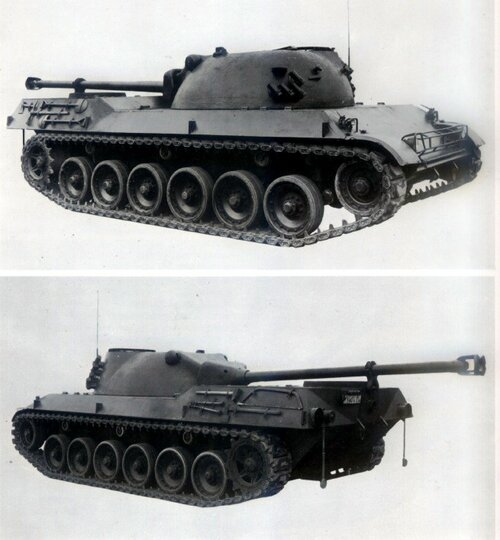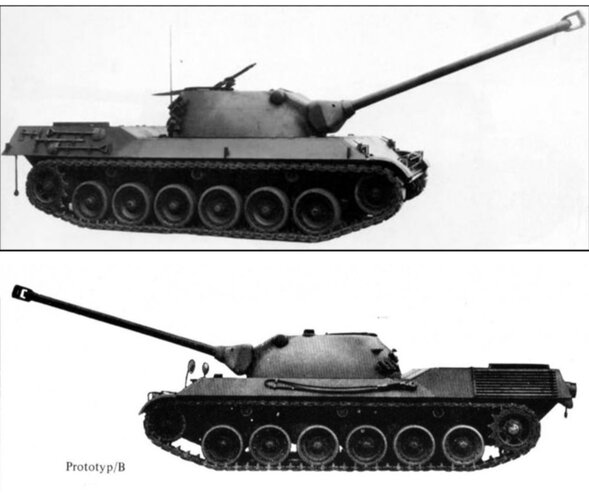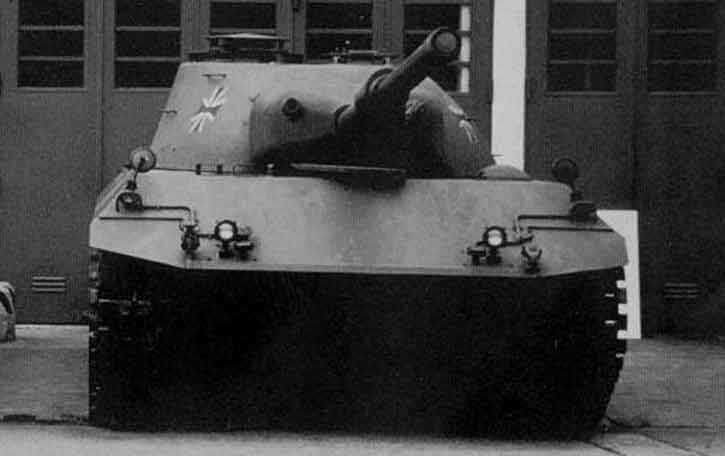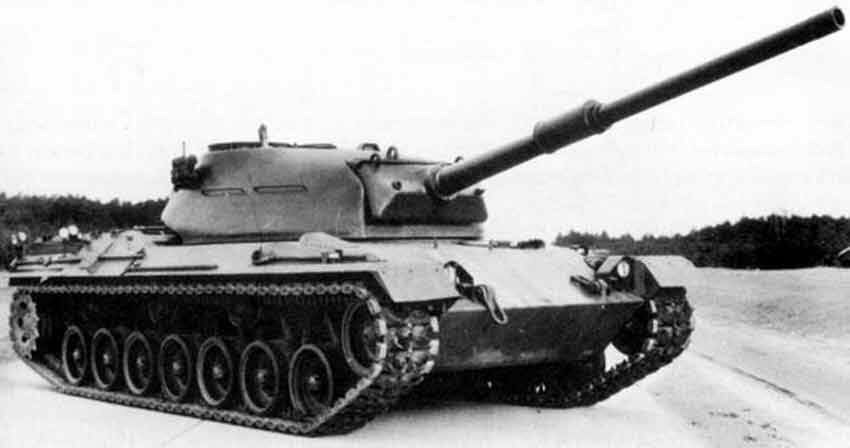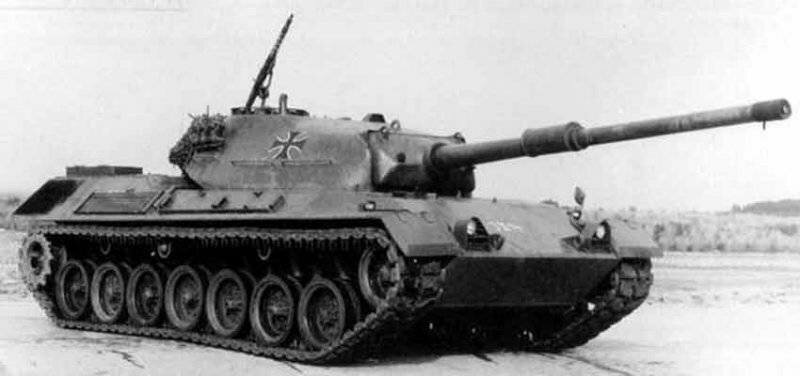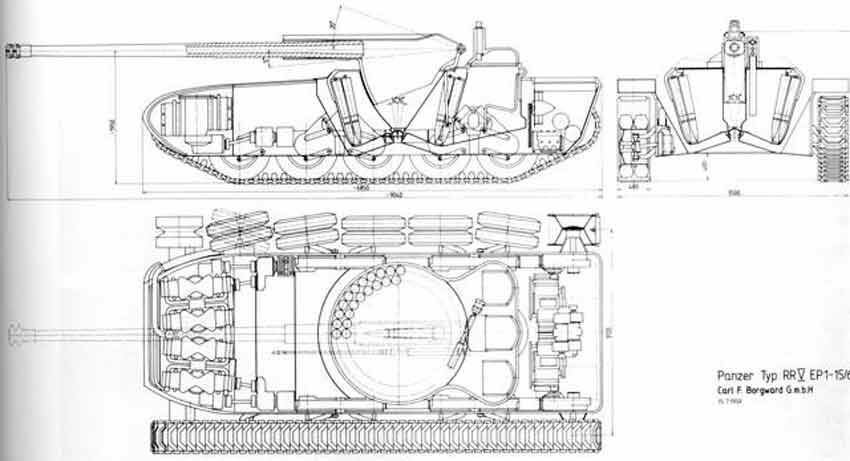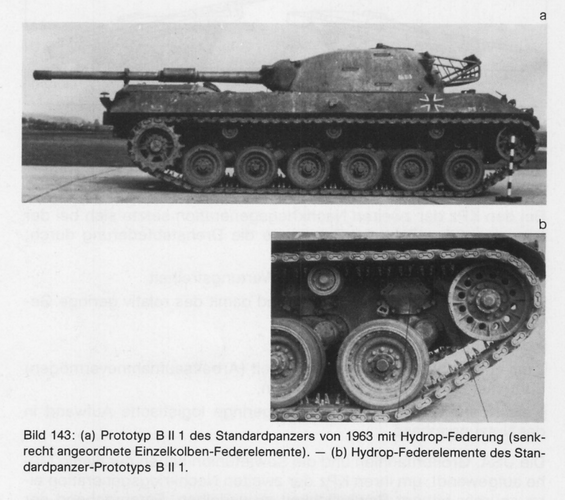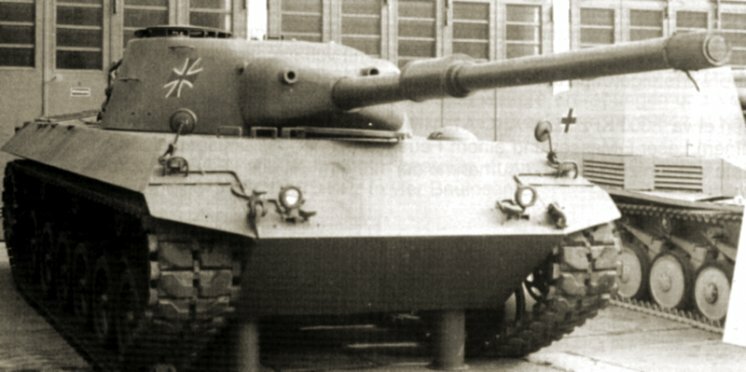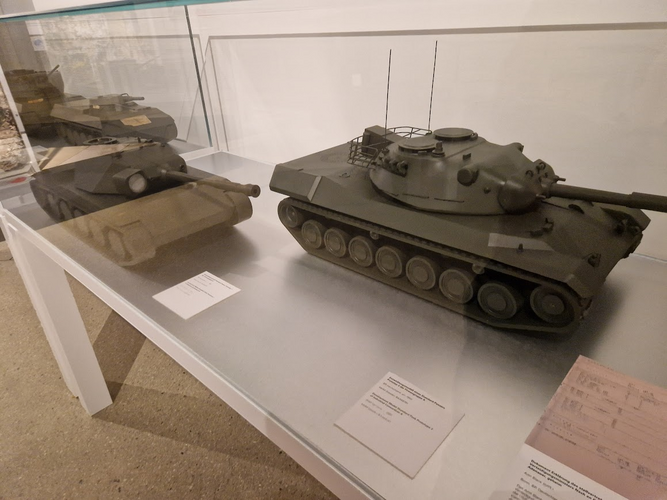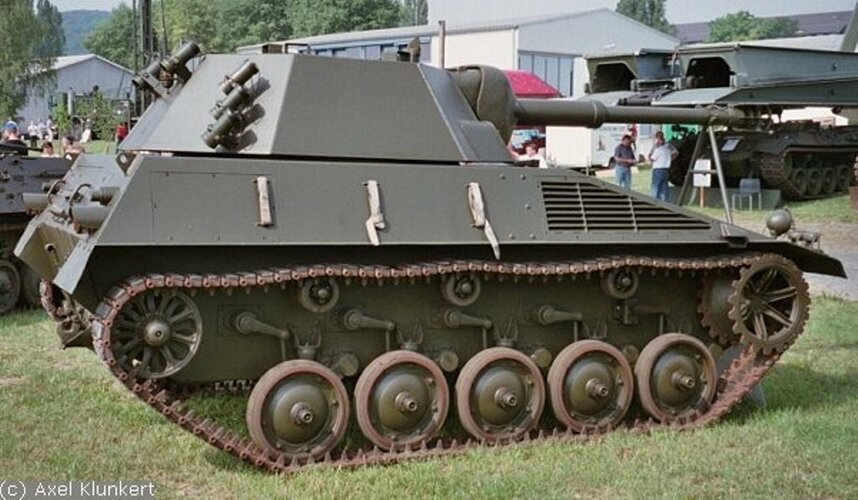Spähpanzer SP I C
In early 50′s, Bundeswehr was shortly considering to arm itself with newly produced modernized Panther tank with upgraded armament and electronics – American tanks however “won the contract” in the end.
After its reformation, the West-German armored forces (the Bundeswehr) were looking for potential recon vehicles. One of these proposals was to actually build a light tank on the Schützenpanzer chassis. The basic idea was that vehicles like the wartime Puma armored car, equipped with powerful weaponry, were quite successful – in order to be successful, a scout tank has to be very small, but capable at the same time of dealing with enemy armor. The SP I.C was the result of the abovementioned concept – in order to mount a turret with a short-recoil 90mm MECAR gun, changes had to be made to the chassis and the suspension. The gun, although sufficiently powerful, was however considered insufficient as a whole, because for all its capabilities, it was no longer possible to upgrade it even further. An autoloading mechanism was also tested in the turret (but rejected). The armor was extremely thin (15mm), but the vehicle was quite light (6,5 tons) and its engine (195hp Hotchkiss-Brandt) gave it quite a good power-to-weight ratio.
The vehicle was developed from 1956 to 1962 (the prototype was built in 1961). After 1962, it was discontinued for the abovementioned reasons, mainly the fact it couldn’t be upgraded further, but also due to some technical problems with the prototype. The prototype is currently located in Koblenz.

